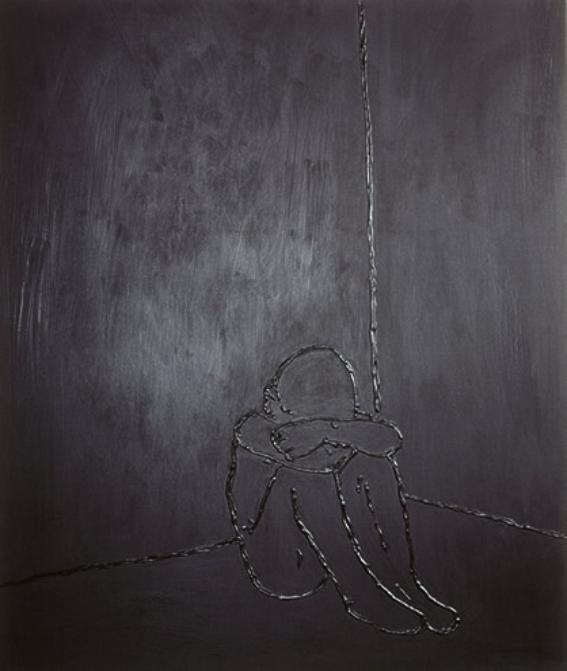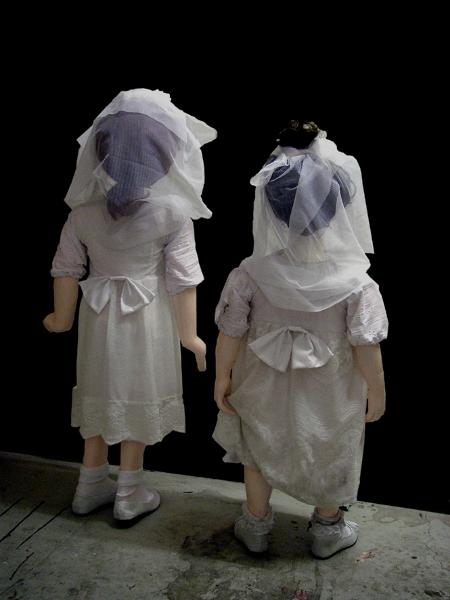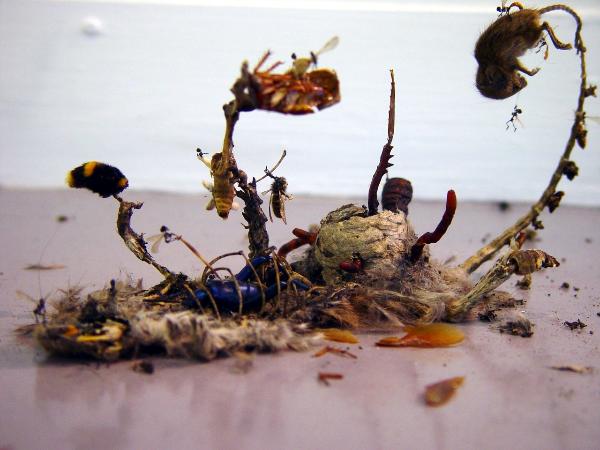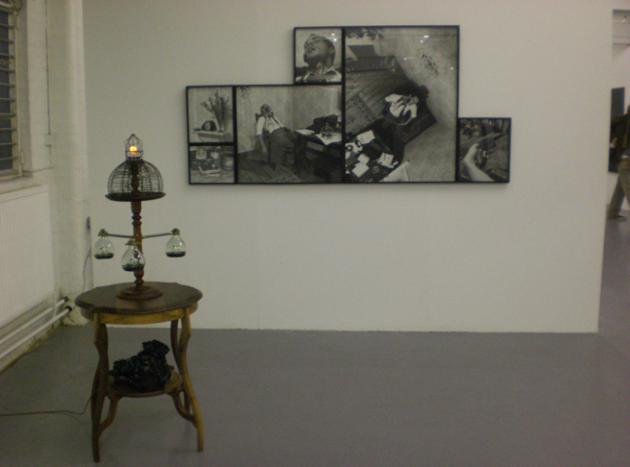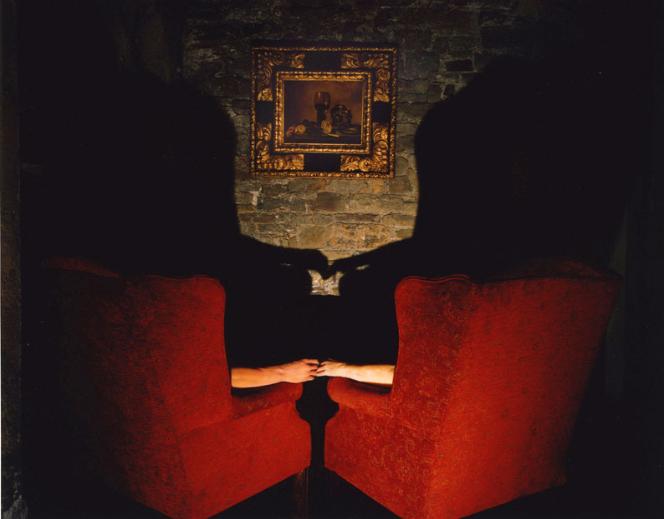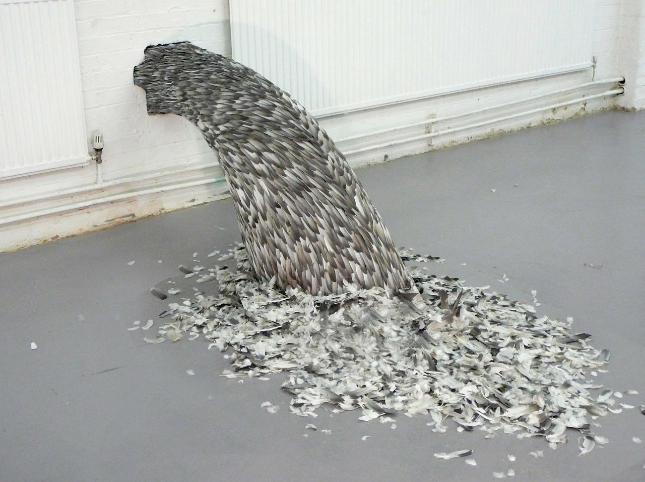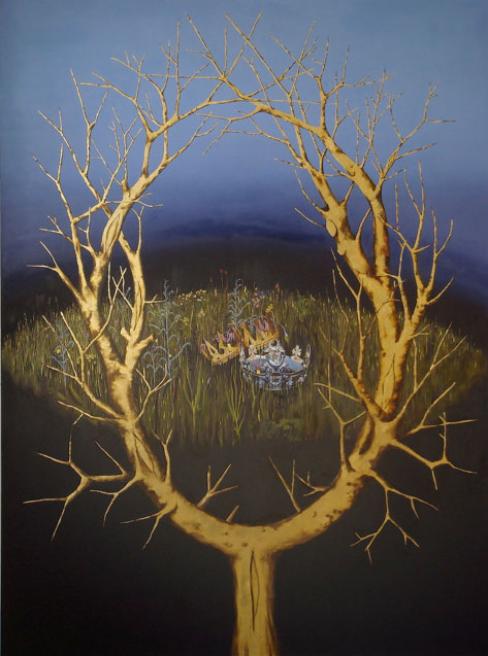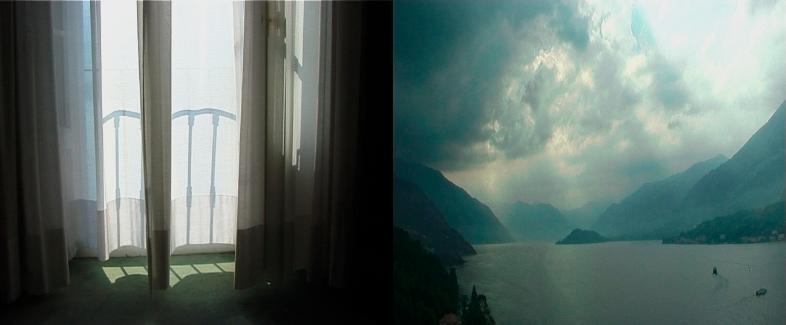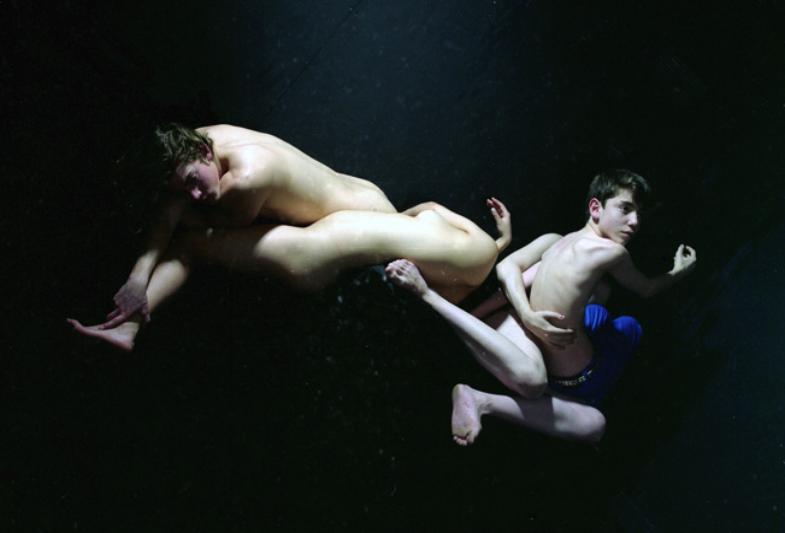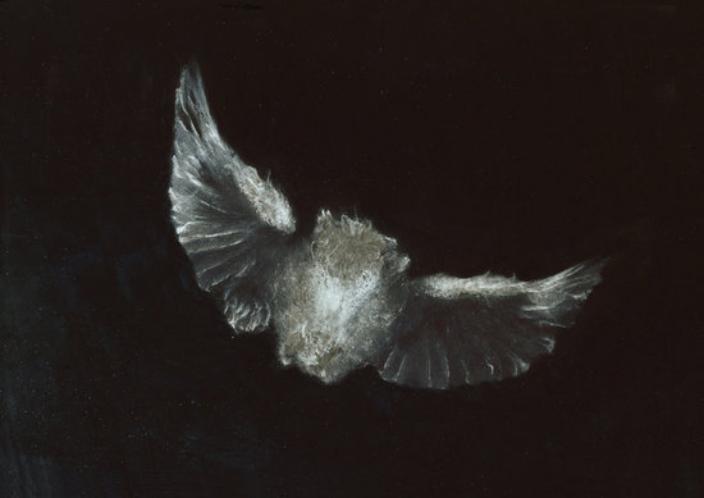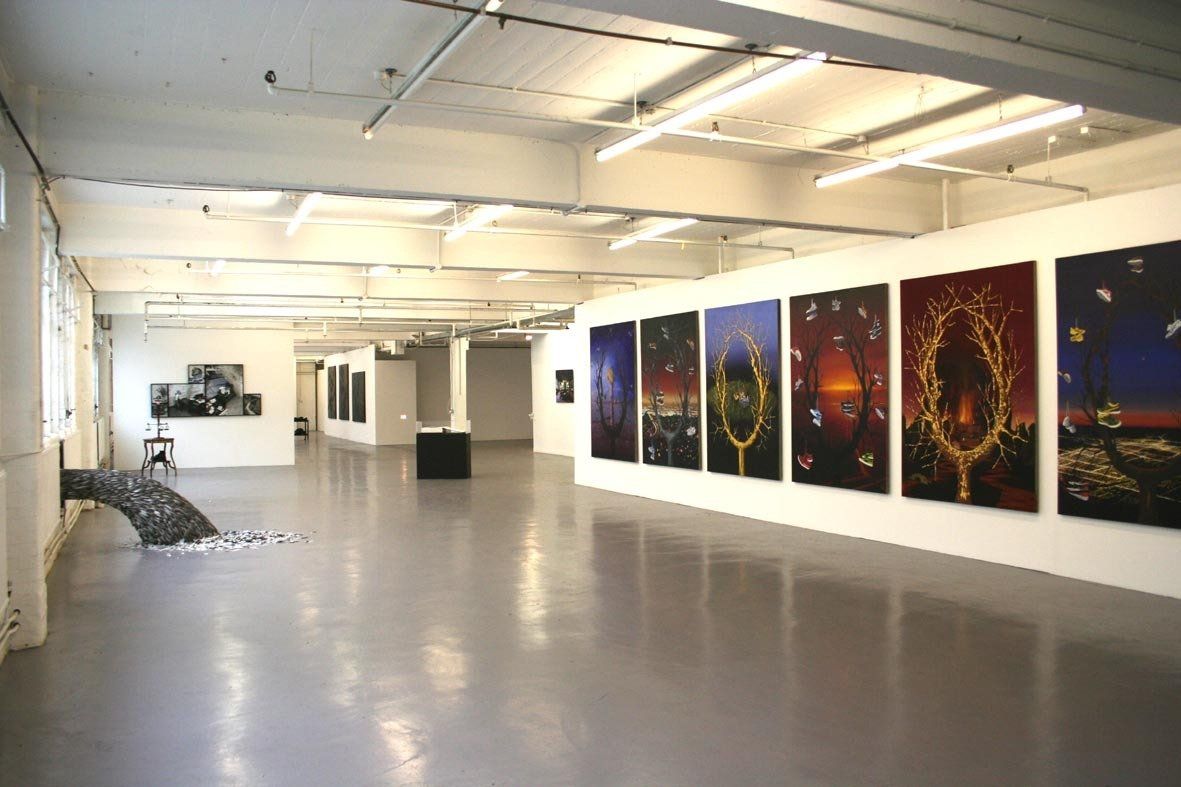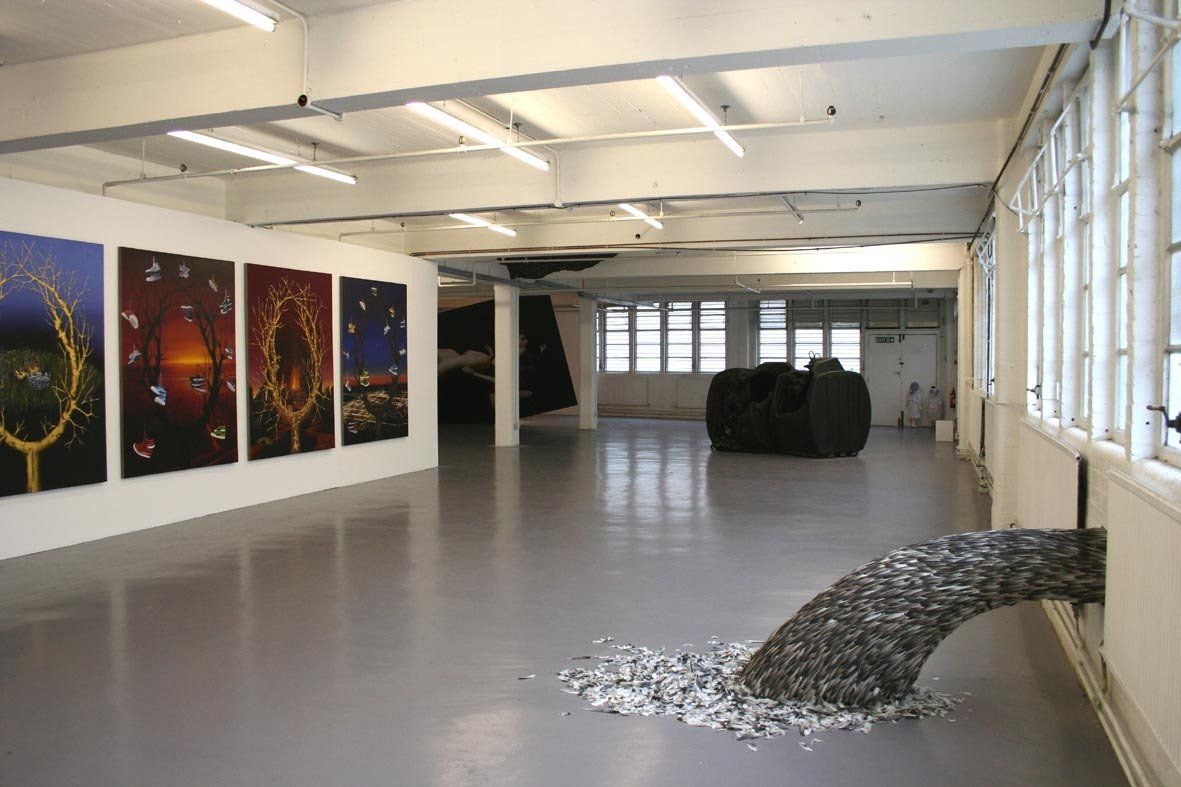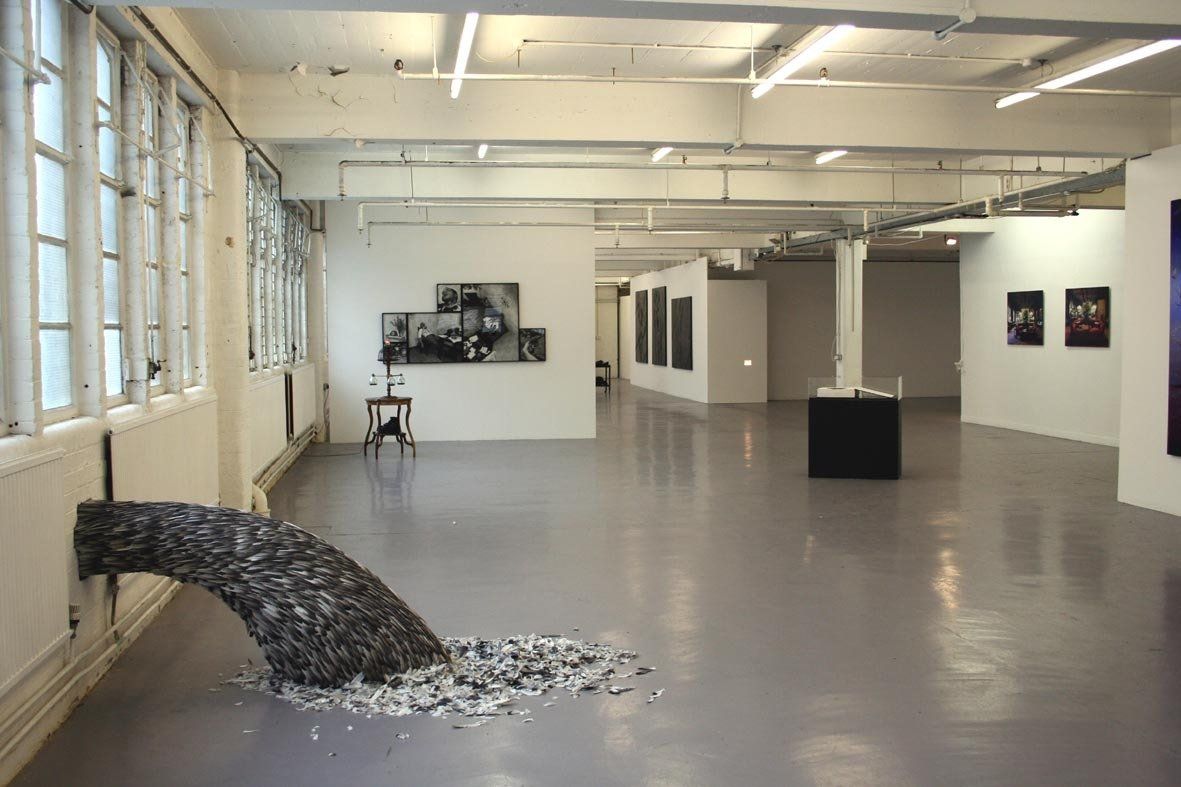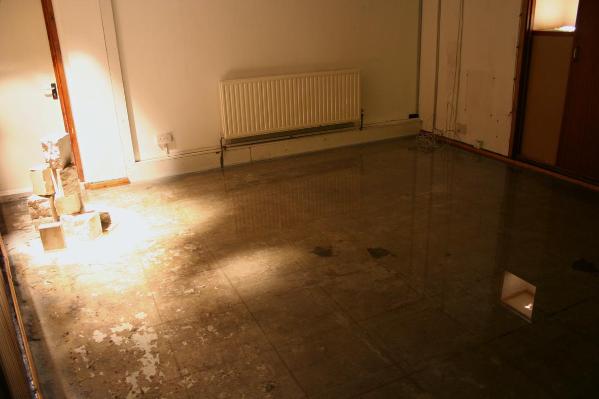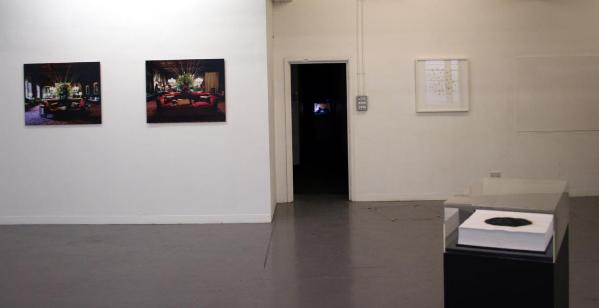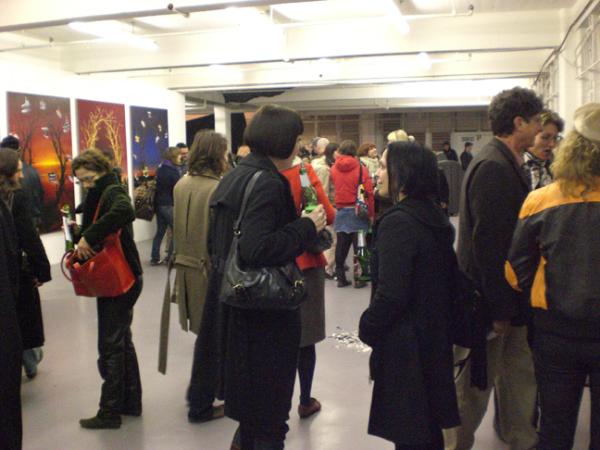TESSA FARMER
“Remember the secret world of the child? Remember the fascination and fantasy, the intensity of focus and the ferocity of feeling? This is the place that Tessa Farmer tries to take you back to. She leads you past the polished surfaces of mundane perception into miniature realms that normally might not have been noticed. Her tiny scenarios of scuttling creatures awaken a childlike curiosity.
You peer through the apertures that she opens in the imagination. But don’t expect to discover some lost Eden. Farmer’s microscopic creatures, intricately crafted from filaments of tree root and fragments of dead insects, are macabre hybrids. They indulge in all sorts of perverse antics. Behind the surfaces of natural beauty lies a savage Boschian world.
Farmer creates a reflection in miniature of our society. She shows us its fragility and its ferocity, its poetry and its repulsion, its beauty and its brutality. Damien Hirst did something like this with his dead animals. But if Hirst is Francis Bacon in 3-D then Farmer is probably Albrecht Dürer. The same intense scrutiny seems to underlie the fantasies played out by her tiny desiccated insects. The drama lies in the detail of these miniature works.”
-- Rachel Campbell-Johnston, The Times Newspaper

